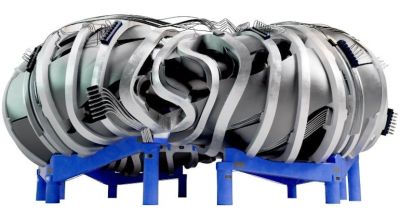Humans have been chemically modifying their world for far longer than you might think. Long before they had the slightest idea of what was happening chemically, they were turning clay into bricks, making cement from limestone, and figuring out how to mix metals in just the right proportions to make useful new alloys like bronze. The chemical principles behind all this could wait; there was a world to build, after all.
Among these early feats of chemical happenstance was the discovery that glass could be made from simple sand. The earliest glass, likely accidentally created by a big fire on a sandy surface, probably wasn’t good for much besides decorations. It wouldn’t have taken long to realize that this stuff was fantastically useful, both as a building material and a tool, and that a pinch of this and a little of that could greatly affect its properties. The chemistry of glass has been finely tuned since those early experiments, and the process has been scaled up to incredible proportions, enough to make glass production one of the largest chemical industries in the world today.














